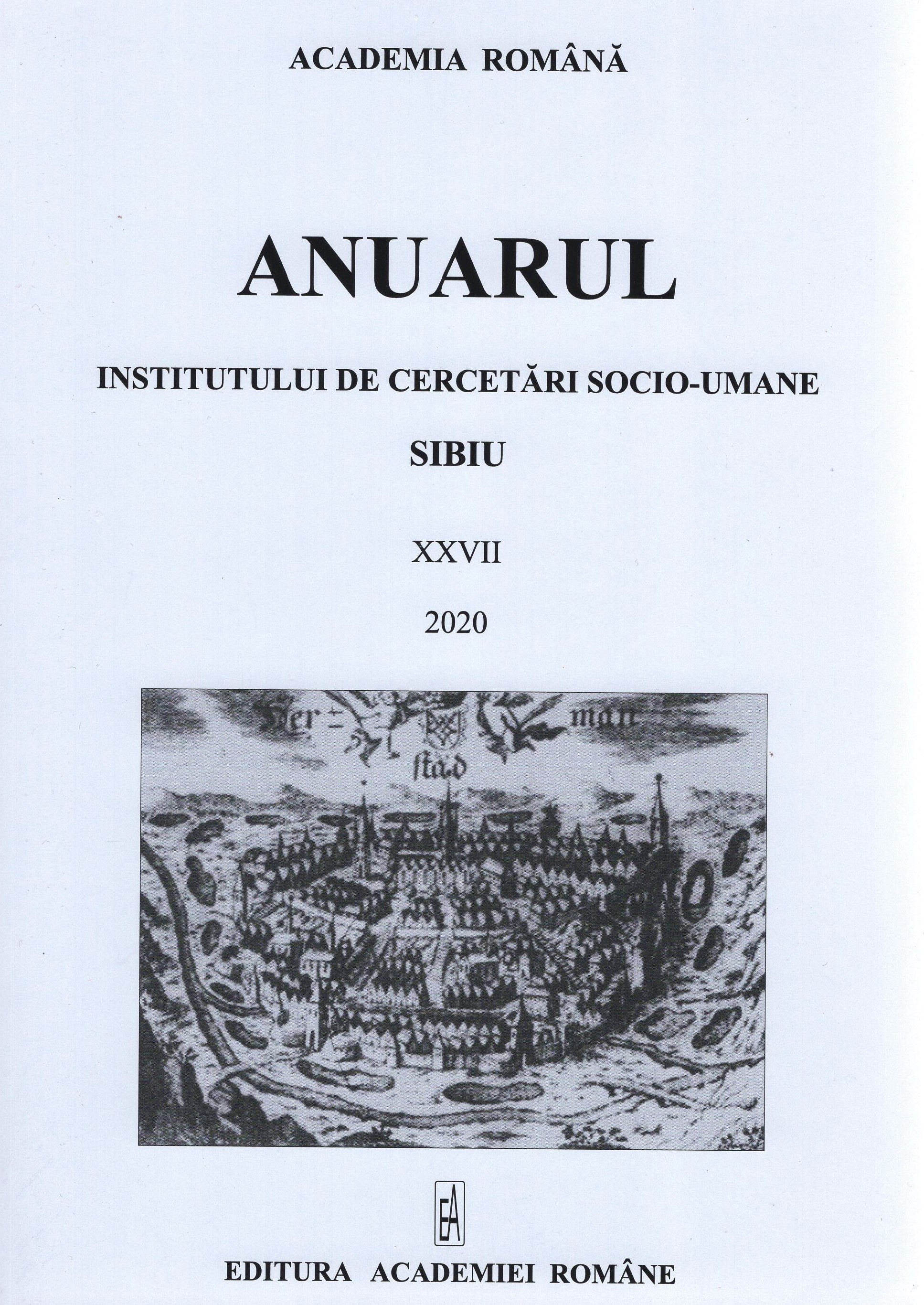Der Deutsche Bund in Europa – Schlussstein des Europäischen Friedens
The German Confederation in Europe – a Keystone for the European Peace
Author(s): Wolf D. GrunerSubject(s): Political history, 19th Century
Published by: Editura Academiei Române
Keywords: German Confederation; European Security System; Central Europe; dual balance of power; German Customs Union; domestic nation building; the Prussian Problem; Imperial Historiography;
Summary/Abstract: The German Confederation (1815–1866) was the succes organization of the Holy Roman Empire of the German Nation. It was the bond of the German nation between the Old Empire and the Prussian-German Empire of 1871. The federal structure of the German Confederation as the Central State of Europe secured European peace for more than 50 years. From a security point of view, it had a dual function: to guarantee the domestic structure of the German states and to secure the European balance of power. The German Historian Heeren in 1816 warned that a strong,centralized German state would destabilize the European multi-polar international system whereas a federal organization of Central Europe would secure the European balance, i.e. a strong German state would try for European hegemon posing the German question. The breakup of the Confederation by Prussia in 1866 destroyed the Central European Federal Order. The German Empire of 1871 provided a dominant role for Prussia and destroyed the German balance. The German Empire was a „mock-federation“. The German question became an issue of international politics. The German Confederation was often taken as a model for a European Federation in the19th century. After World War II a reformed German Confederation was considered as an alternative to the national state of the Germans in a united Europe. Since the 1960s a German Confederation was proposed as a means for German unification. It does not make sense, however, to pose a historical institution like the German Confederation of the 19th century into a totally different historical setting of the 20th Century. The German question is still alive and can be activated if necessary. It is the fear of Germany’s neighbours that Germany might strive for a German Europe. Therefore, it has to be contained. The model for Germany and Europe today is to work for a federal European system and to take on its role to integrate Europe. Heeren’s message of 1816 that the Central State of Europe should be a federation is also the way for the finalité of the European construction which Federal President Roman Herzog was suggesting.
Journal: Anuarul Institutului de Cercetări Socio-Umane Sibiu
- Issue Year: XXVIII/2021
- Issue No: 28
- Page Range: 61-105
- Page Count: 46
- Language: German
- Content File-PDF

